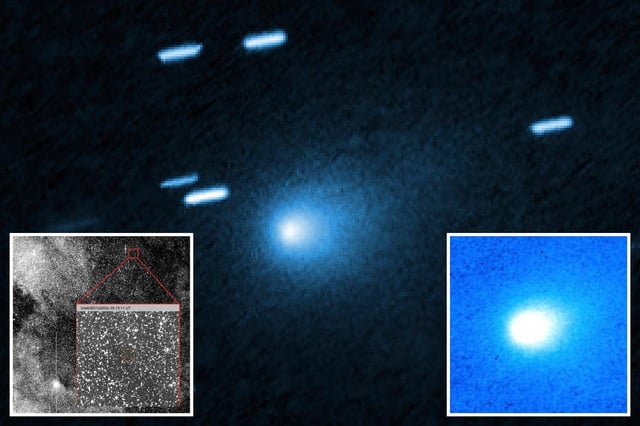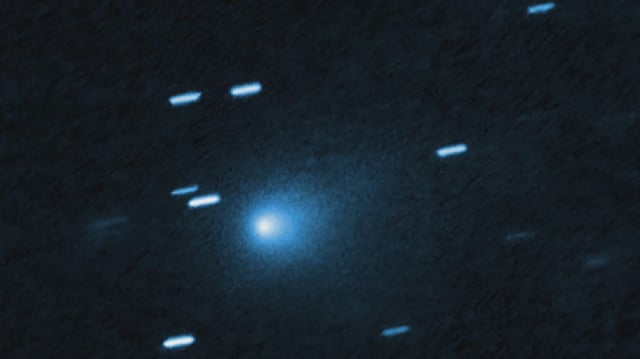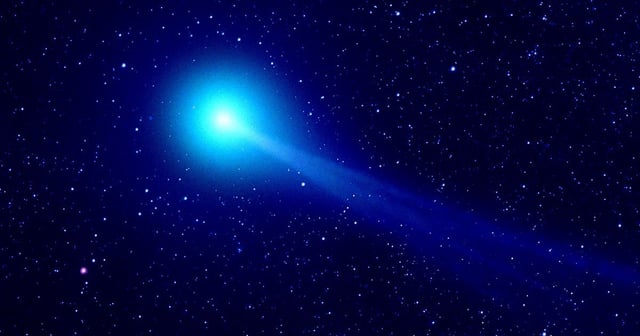Overview
- New Hubble data show a sunward dust plume and a faint tail, constraining the unresolved nucleus to at most 5.6 km in diameter and possibly as small as about 320 meters.
- 3I/ATLAS is the third confirmed interstellar visitor and the fastest yet observed, moving on a hyperbolic path at roughly 130,000 mph consistent with cometary activity.
- Viewing plans focus on early October near a close pass by Mars and a late‑October perihelion inside Mars’s orbit, with NASA estimating it will remain no closer to Earth than about 270 million kilometers.
- NASA’s broader campaign spans JWST, TESS, Swift and Keck to refine size and composition as the object brightens before solar conjunction and reappears by early December.
- Harvard’s Avi Loeb argues the brightness profile could imply a self‑luminous nucleus or an artificial probe and has urged observations by Mars Reconnaissance Orbiter and Juno, a view most astronomers reject in favor of a natural comet.



